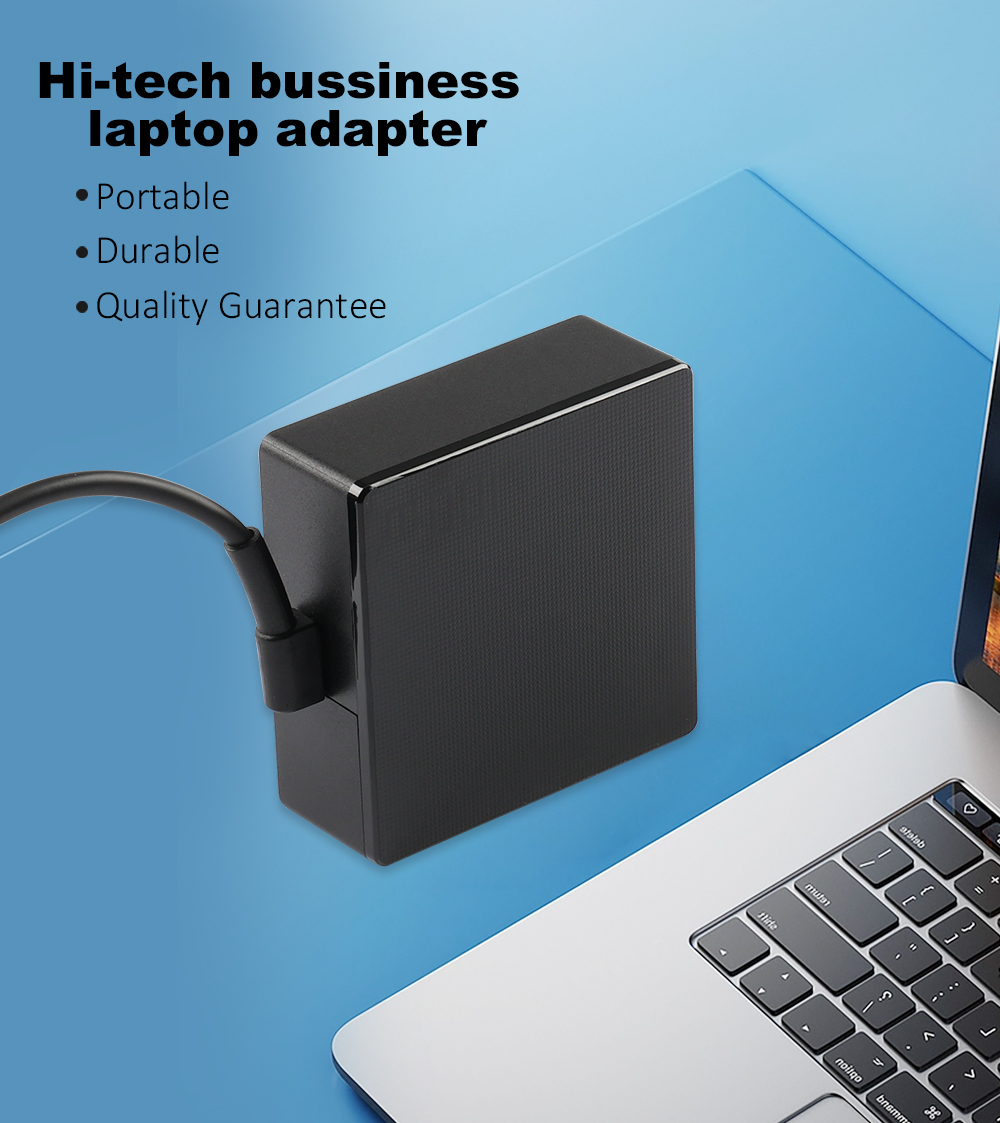Batteries are very sensitive to heat. Frequent use of electronic devices in high temperature environments can cause the battery to fail to charge and the system to freeze, or even shorten the battery life.
What temperature is considered high?
In theory, lithium batteries can operate in a range of -20°C to 60°C, but their optimal operating temperature is actually much narrower. Just like humans can survive in an environment of -40°C to 40°C, but the most comfortable temperature is still around 24°C.
So, what is considered “extreme temperature”? Let’s take a look at Lenovo’s official explanation:
Please pay attention to the working environment: Avoid placing the computer in an environment with extreme temperatures (below 5°C or above 35°C).
To maximize battery life, it is recommended to avoid using or storing the battery in low or high temperature environments.
When using the computer, make sure the airflow temperature does not exceed 35°C.
It can be seen that over 35°C can be considered a high temperature environment. Different devices may have slightly different standards, but for the vast majority of laptops, this is a relatively universal safety upper limit.
Why do laptop batteries get damaged by overheating?
Lithium-ion batteries used in laptops will accelerate the decomposition of electrolytes and material aging under high temperature conditions, resulting in reduced battery performance, increased internal resistance, and even bulging or thermal runaway.
In short, the higher the temperature, the faster the battery ages; if this continues for a long time, the life span will be greatly shortened.
Common symptoms of laptop battery heating
It gets hot during charging
The battery power drops faster, and the battery life is significantly shortened
The system prompts “The battery temperature is too high and charging has stopped.”
The battery health status prompt is abnormal
The bottom of the device and the battery area are abnormally hot in temperature
When these phenomena occur, high-load tasks should be stopped immediately to allow the device to cool naturally.
How to prevent a laptop from overheating?
Method 1: Ensure that the air outlet is not blocked by dust
The fan is the core component of heat dissipation, but after long-term use, dust easily accumulates on the fan and air outlet.
Note: It is recommended that the dust cleaning operation be completed by professionals. If the device is still under warranty, unauthorized disassembly may affect the warranty policy, so do not operate rashly.
Method 2: Keep the air outlet unblocked
The air outlet of most notebooks is located at the bottom or side, and the keyboard area of some models also participates in heat dissipation. Note:
Place the notebook on a flat and clean desktop when using it
Leave at least 15cm space for the side air outlet
Try not to use a keyboard film (it will hinder heat conduction)
Using a bracket or an external heat dissipation base can significantly improve the effect
You can also try DIY methods, such as using 4 mineral water bottle caps to support the four corners to improve the bottom air circulation
Method 3: Use in a relatively cool ambient temperature
Pay special attention to the following situations:
Avoid leaving the notebook in the car for a long time, especially at noon or in hot weather. If it must be placed, it is recommended to place it in the back row, in the shade, and shorten the stay time.
Avoid direct sunlight, especially when using it outdoors or near a window. Consider proper shielding.
Method 4: Choose the right system power mode
Most operating systems support power mode adjustment. In a hot environment:
Click the battery icon in the lower right corner → Adjust the slider to “Balanced Mode”
In “Balanced Mode”, the system will make a trade-off between performance and temperature control, appropriately reducing power consumption and fan noise
For devices with powerful CPU/GPU, reasonable adjustment of the power strategy can effectively reduce heating.
Method 5: Emergency treatment when the device is overheating
If the device is already obviously hot, please take the following measures immediately:
Move the device to a cool environment (a room with air conditioning turned on or in a car)
Stop charging and close temporarily unused applications
Stop running high-load programs (such as rendering, games, and large software)
Do not continue to place the device in a high temperature or closed environment
Practical tips
If the device is already hot, move it to a cool room as soon as possible, turn on the air conditioner (whether indoors or in a car), and exit temporarily unused applications to help it cool down as soon as possible.
During the high temperatures of summer, proper use, cleaning of the heat dissipation structure, selection of the appropriate power mode, and attention to daily cooling are the keys to protecting the battery and extending the life of the device.
If this article still doesn’t help your laptop battery, you can buy a new battery at BatteryMall.com
If you want to learn more about batteries, please visit:BatteryMall.com/blogs/support

